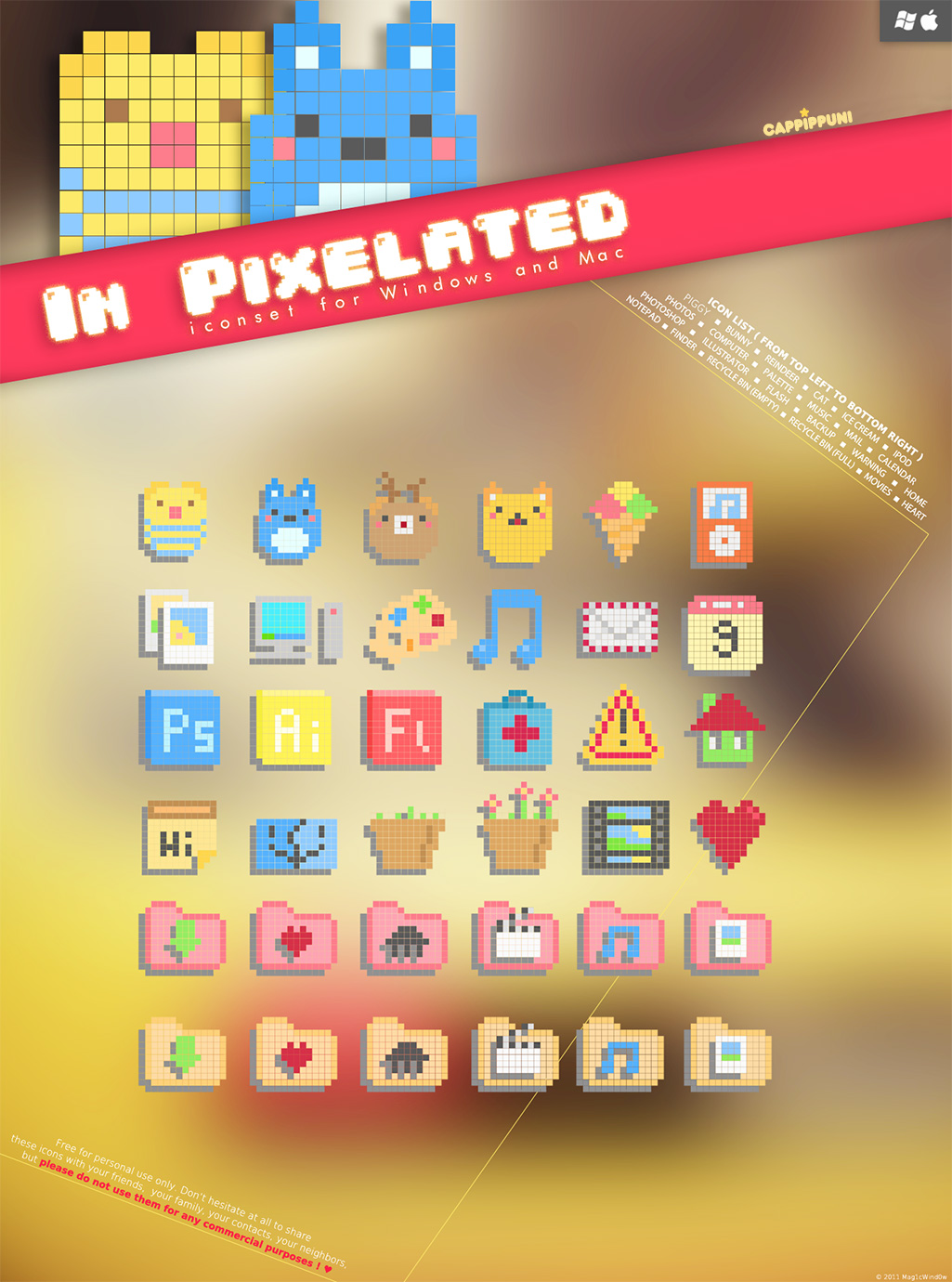A Pixelated Icon: The iPhone 4’s Default Wallpaper and Its Significance
Related Articles: A Pixelated Icon: The iPhone 4’s Default Wallpaper and Its Significance
Introduction
With great pleasure, we will explore the intriguing topic related to A Pixelated Icon: The iPhone 4’s Default Wallpaper and Its Significance. Let’s weave interesting information and offer fresh perspectives to the readers.
Table of Content
A Pixelated Icon: The iPhone 4’s Default Wallpaper and Its Significance
![]()
The iPhone 4, released in 2010, marked a significant advancement in mobile technology, introducing the revolutionary Retina display and a refined design. Alongside these hardware innovations, the device also featured a new default wallpaper, a simple yet striking image that has become synonymous with the era. This seemingly innocuous design element, a stylized representation of the iconic iPhone silhouette, holds a deeper meaning and impact than initially perceived.
A Visual Representation of Innovation
The iPhone 4’s default wallpaper, a minimalist rendering of the phone itself, served as a visual embodiment of the device’s technological prowess. Its clean lines and sharp edges reflected the sleek design of the phone, while the pixelated style hinted at the advanced Retina display technology. This design choice conveyed a sense of modernity and sophistication, aligning with the iPhone’s image as a cutting-edge device.
A Symbolic Connection
Beyond its aesthetic appeal, the wallpaper also established a symbolic connection between the user and the device. By presenting a stylized image of the iPhone itself, the wallpaper encouraged users to engage with the device on a deeper level, fostering a sense of ownership and personal connection. This subtle yet effective approach contributed to the iPhone’s growing popularity and its status as a cultural icon.
The Evolution of Default Wallpapers
The iPhone 4’s default wallpaper marked a departure from the previous iterations, which featured more abstract designs. This shift towards a more representational style reflected the growing emphasis on personalization and user experience. Subsequent iPhone models continued this trend, introducing diverse and visually appealing default wallpapers that catered to a wider range of user preferences.
Beyond Aesthetics: The Impact of Default Wallpapers
The choice of a default wallpaper goes beyond mere aesthetics. It represents a conscious decision by Apple to shape the user experience and communicate a specific brand message. The iPhone 4’s default wallpaper, with its minimalist design and symbolic representation, effectively conveyed the device’s innovative nature and its status as a technological marvel.
FAQs
1. What was the inspiration behind the iPhone 4’s default wallpaper?
The inspiration behind the wallpaper was to create a visual representation of the iPhone’s design and technological advancements. The minimalist style and pixelated rendering were chosen to highlight the device’s sleek aesthetic and Retina display technology.
2. Why did Apple choose a stylized image of the iPhone instead of a more abstract design?
The decision to use a stylized image of the iPhone aimed to establish a direct connection between the user and the device. This approach encouraged a sense of ownership and personal engagement, further reinforcing the iPhone’s status as a cultural icon.
3. Did the iPhone 4’s default wallpaper influence subsequent iPhone models?
Yes, the iPhone 4’s default wallpaper marked a shift towards more representational and personalized designs. Subsequent iPhone models continued this trend, offering a wider range of diverse and visually appealing default wallpapers to cater to user preferences.
Tips
1. Embrace Minimalism: The iPhone 4’s default wallpaper serves as a reminder of the power of minimalism. By focusing on simplicity and clarity, you can create a visually appealing and uncluttered aesthetic for your digital environment.
2. Experiment with Personalization: While the default wallpaper offers a symbolic connection to the device, don’t be afraid to personalize your phone’s appearance. Experiment with different wallpapers, colors, and themes to create a space that reflects your unique style and preferences.
3. Consider the Impact of Your Choices: The choice of a wallpaper, even a seemingly simple one, can have a significant impact on your user experience. Take the time to consider the message you want to convey and the mood you want to create before selecting a wallpaper.
Conclusion
The iPhone 4’s default wallpaper, a seemingly simple design, holds a significant place in the history of mobile technology. It represented a visual embodiment of the device’s innovation, fostered a symbolic connection between the user and the phone, and paved the way for the diverse and personalized default wallpapers offered by subsequent iPhone models. This seemingly innocuous design element serves as a reminder of the power of minimalism, personalization, and the impact of visual choices in shaping the user experience.




![]()


![]()
Closure
Thus, we hope this article has provided valuable insights into A Pixelated Icon: The iPhone 4’s Default Wallpaper and Its Significance. We appreciate your attention to our article. See you in our next article!
